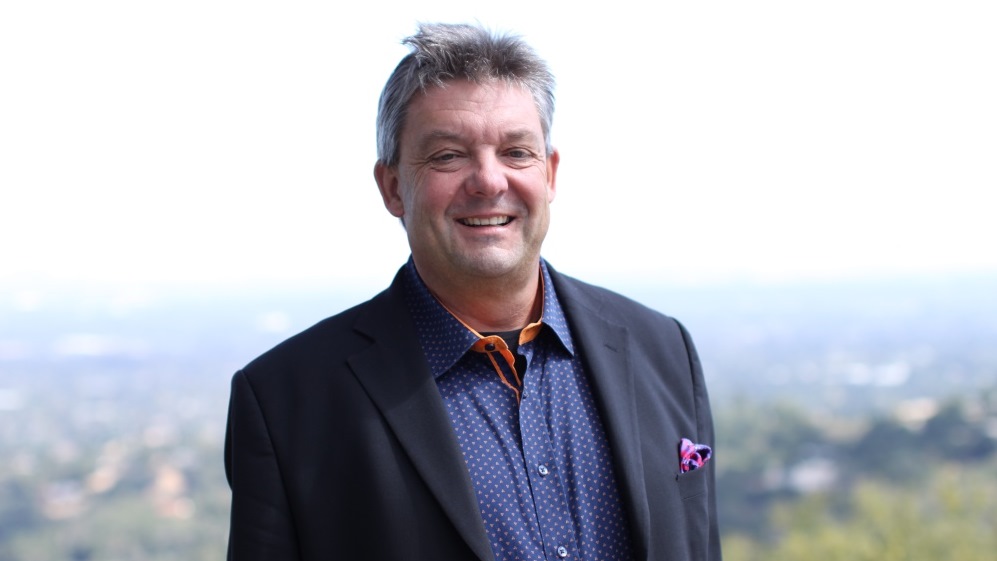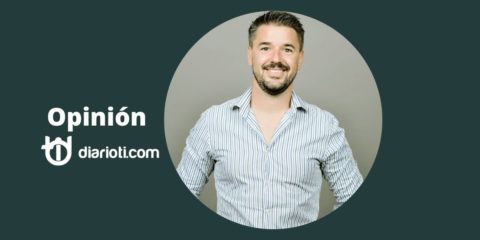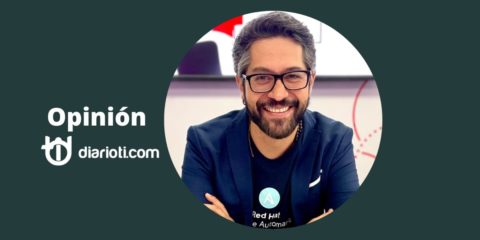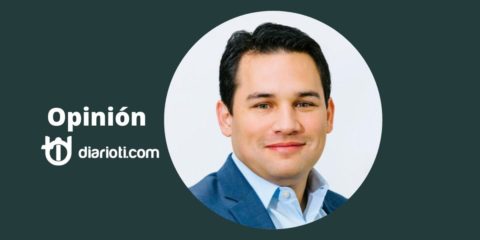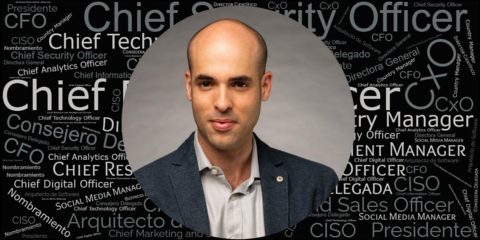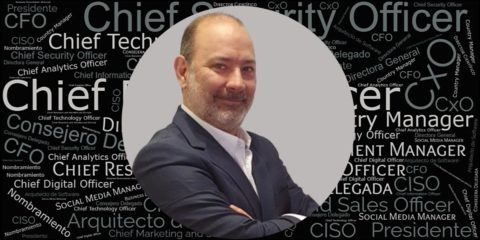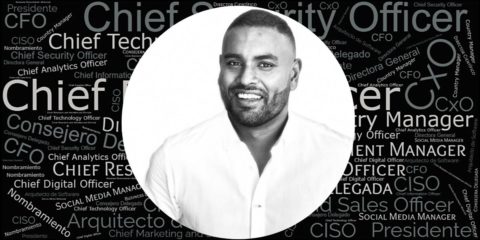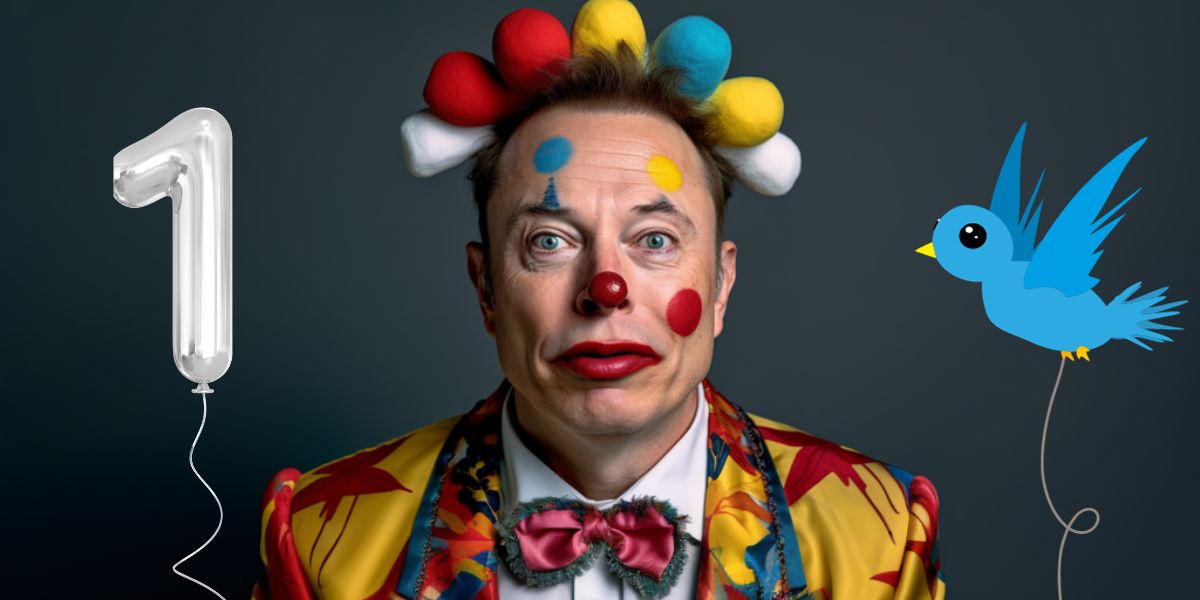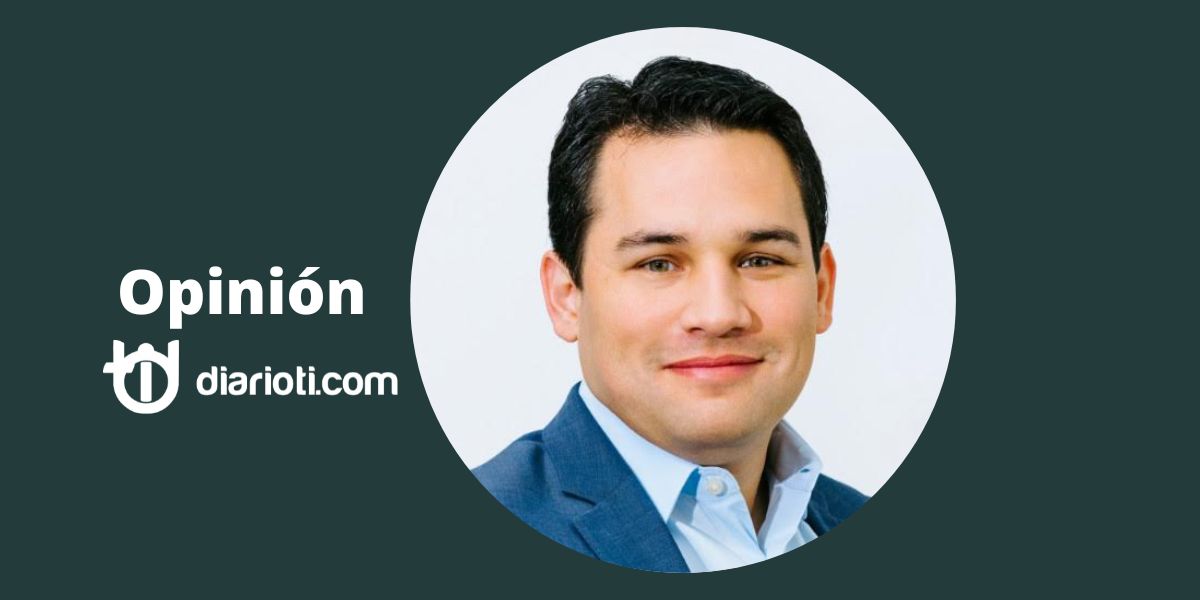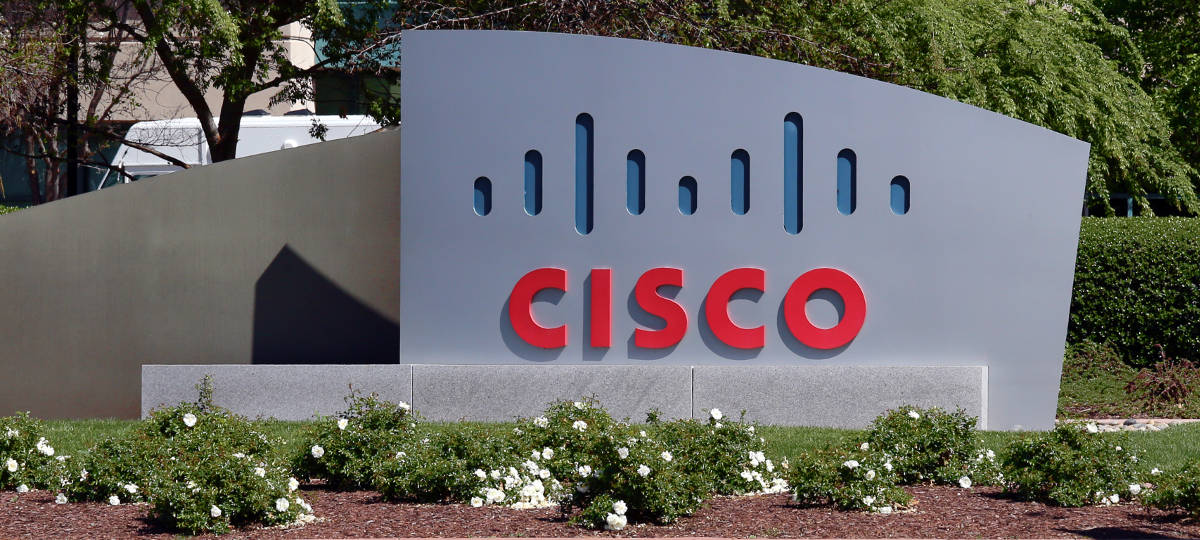Tom Burns is Senior Vice President of Networking and Solutions at Dell EMC, and he’s fixated on the technologies driving digital transformation. As keynote speaker at the recent NetEvents Global Press & Analyst Summit, held in San Jose, California, Burns talked about his company’s vision, and why disaggregation is essential for success.
Let’s start with digital transformation. It’s going to be huge, says Burns, citing estimates that by 2020, there will be more than 30 billion connected devices. “Not just smartphones, tablets and PCs. It’s also sensors, gateways, and other Internet of Things devices.” The expectation after 2025 is actually an excess of 75 billion connected devices, including the IoT.
Digital transformation comes in when businesses learn how to harness those devices, to use them to offer new products and services, improve efficiency, and create new markets. Harnessing those devices means gathering data from the IoT, as well as conventional computers. It’s all about the data: “Data that can be useful in businesses, data that can be useful in our personal lives,” says Burns. “Data that we can use in a different way. There is no doubt that this Digital Transformation is changing and impacting the way that we live every minute, every hour, every day, every week.”
The data will be used to drive what Burns calls human machine learning, because devices will gather data, and humans will be interactive with that data. “Work processes and decisions will become more fluent and adaptive allowing for these processes and decisions to be changed on the fly,” he explains. “If we think about this human and machine learning think about the fact of what we call the digital conductor. If we think of a large musical conductor, you can understand that every single one of those musicians probably memorized the notes of that particular music but are they looking at the notes. No, they’re looking at the conductor. Why? Because it’s not about the note itself, but how the note is struck. This is what we mean by machine human learning.”
On top of machine human learning will come artificial intelligence, which can drive better decision-making, and also interact with the real world – think self-driving cars or adaptable factory robots or connected appliances or medical devices. “They improve processing, they increase productivity,” says Burns, citing a study from Accenture that 60% of global manufacturing will see AI enter into their environment in the next several years, which will increase productivity by about 15%.

Tom Burns, Senior Vice President of Networking and Solutions, Dell EMC (Photo: NetEvents)
Four Pillars to Digital Transformation
Burns cites four key requirements for achieving digital transformation, all of which are being embraced or supported by his company. “At Dell Technologies we believe there are four pillars to this transformation. Tremendous opportunity to embrace the change. Create competitive advantage. Make our employees, our teams, our partners, and our customers, much more productive.”
The four pillars:
First: Recognizing that digital transformation is happening. “What is the impact to our services? What is the impact to our applications?,” asks Burns. “Do we need to move our traditional applications to cloud-ready and cloud-native applications?”
Second: Understanding how IT transformation drives digital transformation. Burns insists that companies need to examine their information technology infrastructure, especially when it comes to running applications. “Is it an old outdated proprietary infrastructure?,” he asks. “Or is it a compute-focused, disaggregated, commodity-based infrastructure that can run both traditional applications and cloud applications?”
Third: Preparing for the workforce transformation. Employees and customers have more than a computer and a cell phone – they have many devices, and are connected all the time. That means employees don’t really have transitional offices. “The employee wants to be connected all the time on the device that he or she wants,” explains Burns. “The office space is no longer the same. The number of devices that they use, and the type of devices, keeps changing. How you keep track of them is very important.
Fourth: Embracing the security transformation. The factors include more devices, with more sensors, more connectivity at the edge, more remote workers. “The wall of security that existing inside the building, inside the data center, no longer exists,” says Burns. Companies need to look at cyber security, embedded security and all of the various capabilities in which they can be attacked.
Watch the documentary: Embracing Disaggregated Software Stacks – Why the Open Networks are the Future
Software Defined Everything
The data center needs to be completely redesigned to be what’s called “software defined everything,” or SDx. What does that mean? “More virtualization, more software defined storage, more software defined networking,” says Burns.
“Think of it as a platform rather than a set of boxes, adds Burns. “Companies need to move away from saying I have a server team, I have a storage team, I have a networking team.” That’s old-school thinking, he says.
Instead, Burns suggests companies need to move to a DevOps (development operations) model in which they have a platform from which IT can enable new services and applications. Within that environment, automation and that configuration needs to be consistent so that companies can take advantage of consistent tools which gives them tremendous OPEX savings. “Those OPEX savings can be invested in services, applications and the digital transformation, says Burns. “We believe that this allows companies to have more innovation and more speed, and the capability to execute what’s best to create differentiated advantage.”
A big part of an SDx strategy is understanding that some processing will happen in the data center, some in the cloud, and some on the edge, closer to where customers live, or where actions need to take place. Do you want data going all the way back to the main office? Or do you want the capability to understand data locally to make local decisions, to make local corrective actions? So that you bring that efficiency back up right away?”
Disaggregate the Stack!
Digital transformation also means disaggregation, to separate layers of networking and processing, using open standards, so hardware and software are separate and open. “I’m very proud of what we’ve done in Dell EMC around disaggregation,” says Burns. “Traditional networking in the digital transformation era will not work. Proprietary protocols and proprietary hardware won’t allow companies the agility, the flexibility, and the capability that they need in order to operate and take advantage of digital transformation.”
Burns adds that disaggregation is important in Dell’s networking business: “Every RFP that we receive today from service providers and telcos mandate disaggregation. We were the first to do disaggregation in the industry four years ago, and it’s quite interesting to see Cisco, Juniper, and Arista, all in the last year, announcing disaggregation.”
Disaggregation means more than separating software from hardware. It also means using standards to simplify networking protocols, says Burns. “Why is it that you have 1100 protocols that you pay for in your data center, when on average you use somewhere between 10 and 15 of those protocols? Disaggregate the stack!”
Burns concludes, “Digital transformation and IT transformation is live and at work and increasing every day. We’ve got to shift from the status quo.” Or else we’ll lose out to competitors that do embrace digital transformation – and we’ll be out of business.
By Mark Fox, Founder, NetEvents

